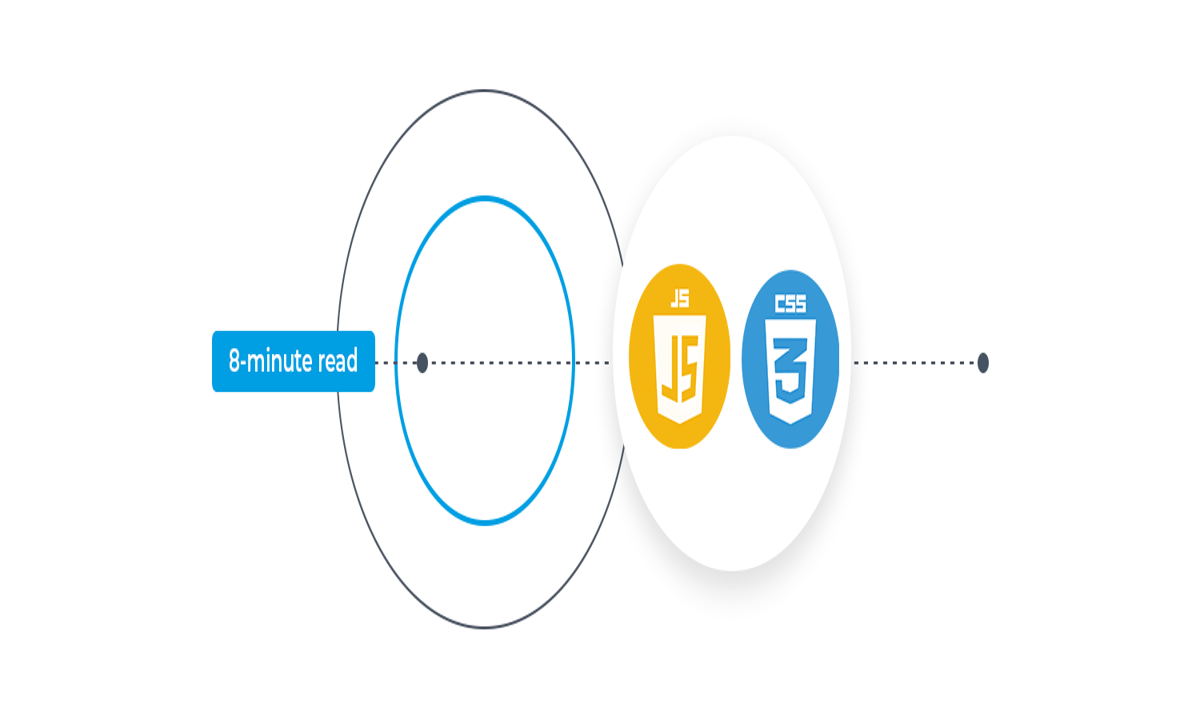
In the realm of web development, where speed and performance are crucial, optimizing CSS and JavaScript files through minification emerges as a game-changer. In this comprehensive article, we explore the intricacies of minification and its profound impact on enhancing website performance. Join us as we unravel the power of minification and delve into the techniques that can catapult your website’s speed to new heights.
The Art of Minification
Minification is a process that involves compressing and streamlining CSS and JavaScript files by removing unnecessary characters, spaces, and line breaks. By reducing the file size, minification enhances website loading speed, minimizes bandwidth consumption, and improves overall user experience. The goal is to optimize code without altering its functionality, ensuring seamless performance while minimizing load times.
Why Minification Matters
- Accelerated Loading Speed: Minification significantly reduces file sizes, leading to faster loading speeds. This enhanced efficiency ensures that your website loads swiftly, captivating users and reducing bounce rates.
- Bandwidth Optimization: Minified files consume less bandwidth, resulting in cost savings and improved website performance, particularly for users on mobile devices or with limited internet connectivity.
- Enhanced User Experience: Swift loading times create a seamless browsing experience, fostering user satisfaction and encouraging prolonged engagement with your website.
- Improved SEO: Search engines prioritize websites that offer exceptional user experiences. By optimizing your CSS and JavaScript files, you send a strong signal to search engines, potentially boosting your rankings and visibility.
- Efficient Caching: Smaller file sizes enable efficient caching, as browsers can store and retrieve minified files more quickly. This caching mechanism further enhances loading speed for returning visitors.
Frequently Asked Questions About Minification
Q1: Does minification affect the functionality of my CSS and JavaScript code?
A: Minification focuses on removing unnecessary characters and optimizing file size, without altering the code’s functionality. Proper minification ensures that your website operates seamlessly while achieving performance gains.
Q2: Are there any risks associated with minification?
A: While minification is generally safe, it’s important to thoroughly test your minified files to ensure there are no unintended consequences. Occasionally, certain code patterns may be sensitive to minification and require careful handling.
Q3: How can I minify my CSS and JavaScript files?
A: Numerous tools and techniques are available to minify your code. Online minification tools, task runners like Grunt or Gulp, and build tools like Webpack or Parcel offer automated minification capabilities.
Q4: Can I reverse the minification process if needed?
A: Minification is a one-way process, as it removes unnecessary characters and formatting. However, it’s recommended to keep a backup of your original unminified files for future reference or modifications.
Q5: Are there any best practices to follow while minifying code?
A: Yes, it’s essential to follow best practices when minifying code. This includes avoiding minifying third-party libraries, maintaining proper code documentation, and conducting thorough testing after minification.
Top Selling Category: Techniques for Effective Minification
- Removal of Comments: Comments in CSS and JavaScript files serve as annotations but are unnecessary for the code’s functionality. Removing comments reduces file size and improves performance.
- Elimination of Whitespace: Unnecessary whitespace, such as extra spaces, line breaks, and indentation, can be safely removed without affecting code execution. This optimization reduces file size and enhances loading speed.
- Concatenation of Files: Combining multiple CSS and JavaScript files into a single file reduces the number of HTTP requests required, minimizing latency and improving overall performance.
- Variable and Function Name Shortening: Renaming variables and functions to shorter names without impacting their functionality reduces file size and improves code readability.
- Compression Algorithms: Employing compression algorithms, such as Gzip or Brotli, further reduces file sizes by compressing the minified files. These algorithms allow for efficient transmission and decompression on the user’s browser.
Top Selling Products: Empowering Minification Efforts
- UglifyJS: A powerful JavaScript minification tool that offers various optimization techniques, including code compression, renaming, and dead code removal.
- CSSNano: An excellent CSS minifier that specializes in reducing file size while preserving the code’s integrity and browser compatibility.
- Terser: A popular JavaScript minification tool that supports ECMAScript 5 and above, providing efficient code optimization and compression.
- CleanCSS: A robust CSS minification library that combines multiple optimization techniques to generate minified files with minimal size and optimal performance.
- Webpack: A versatile module bundler that integrates minification capabilities, allowing you to bundle, optimize, and minify your CSS and JavaScript files seamlessly.
Top Selling Brands: Leaders in Minification Technology
- Google Closure Compiler: Developed by Google, the Closure Compiler is a powerful tool for minifying and optimizing JavaScript code. It offers advanced optimization techniques, including dead code removal and variable renaming.
- YUI Compressor: The Yahoo User Interface (YUI) Compressor is a widely used tool that efficiently minifies CSS and JavaScript files, reducing their size while maintaining compatibility across browsers.
- Babel: Although primarily known for its JavaScript transpilation capabilities, Babel also provides minification features. It ensures compatibility with older browsers while optimizing code for improved performance.
- PurifyCSS: PurifyCSS is a specialized tool that removes unused CSS selectors, reducing file size and improving performance by eliminating unnecessary styles.
- Sass: While primarily known as a powerful CSS preprocessor, Sass also offers a compressed output option that minimizes file size and enhances performance.
Conclusion
In the realm of website performance optimization, minification of CSS and JavaScript files emerges as an indispensable practice. By reducing file sizes, streamlining code, and enhancing loading speeds, minification creates a foundation for an exceptional user experience. Stay ahead of the curve, embrace the power of minification, and unlock the full potential of your website in the competitive digital landscape.






